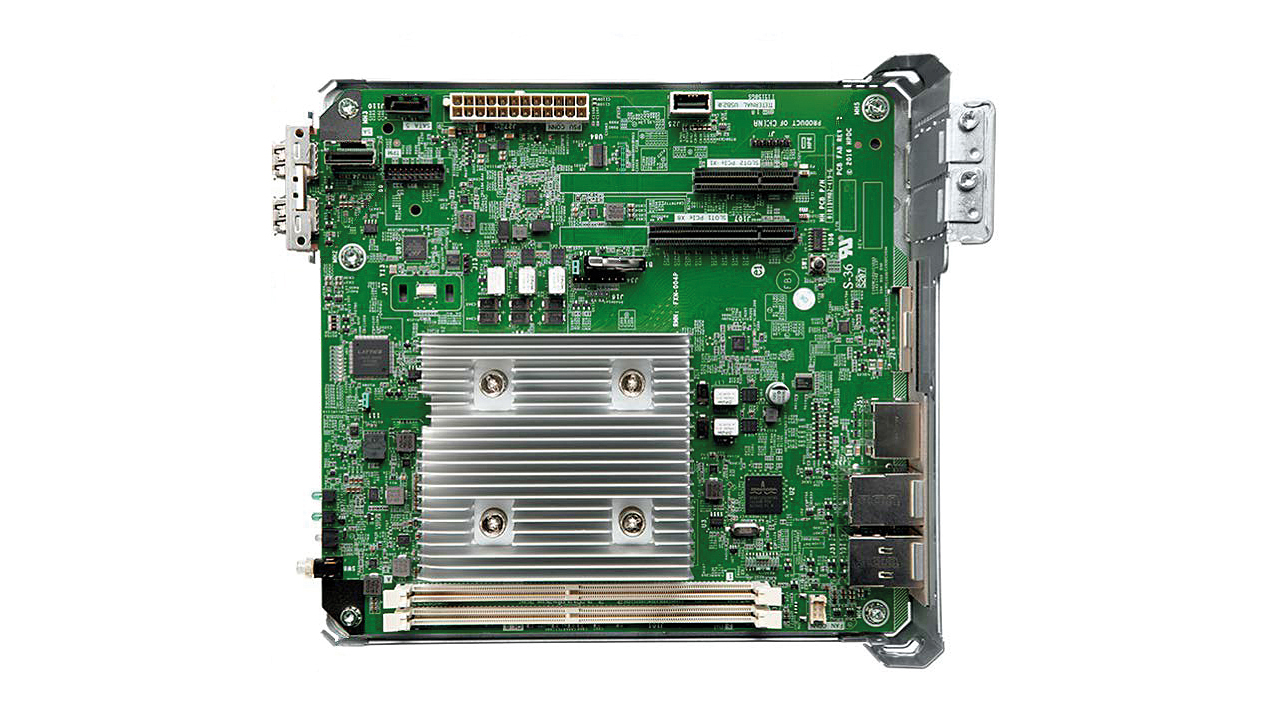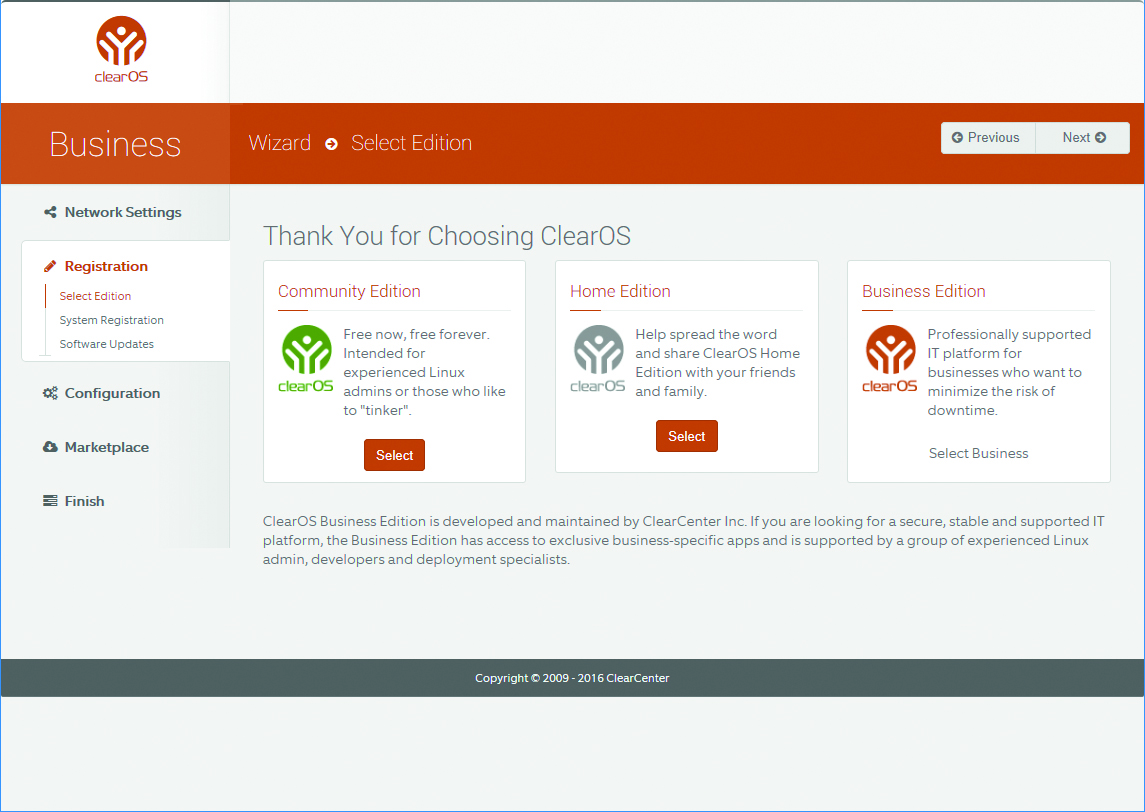HPE ProLiant MicroServer Gen10 review: Small in size, large in power
It's small, but HPE's ProLiant MicroServer Gen10 stands head and shoulders above the rest


The HPE ProLiant MicroServer Gen10's extra power, larger memory capacity and more versatile storage options make it a great choice for budget-conscious offices seeking their first server.
-
+
Strong performance; Good expansion options; Excellent value
-
-
No iLO remote management

SMBs have taken to HPE's microservers in a big way; the combination of low cost of entry, small footprint and reliable performance has earned the company a good reputation, and the respected but venerable ProLiant MicroServer Gen8 has historically been a particular favourite.
That model is now a little dated, however, so HPE has refreshed it with the MicroServer Gen10, offering a substantial power upgrade without increasing its predecessor's compact size.
Unfortunately, the newer model isn't quite as attractive as the old unit. HPE has swapped out the smart brushed-aluminium front panel for a drab black plastic grille, emblazoned with the company's equally unprepossessing logo. The status light has been removed from the front too, which is a touch inconvenient. Physical security is good; the cover is fairly secure, and the drive bay can be locked down and padlocked shut, preventing unauthorised access.
It's just as petite as the previous model, too. In fact, it's actually a little bit smaller than the Gen8, so it's even better-suited to space-poor businesses who need to be able to tuck it into a cupboard or under a desk.
Inside the chassis is where you'll find the biggest upgrades, though. The Gen8's ageing Intel Celeron is replaced by AMD's X3000 series of Opteron APUs, and fast DDR4 ECC UDIMM memory is used across the board: all models start with 8GB, and can be upgraded to 32GB.

The entry model uses a 1.6GHz dual-core Opteron X3216 with quad Radeon R7 GPU cores, and supports DDR4 speeds up to 1,600MHz. Next up is the 1.8GHz quad-core/6 GPU X3418, which supports 2,400MHz DDR4. We tested the top-dog 2.1GHz quad-core X3421, which ups the GPU core count to eight at an affordable MSRP of 465.
Storage is handled by an embedded Marvell 88SE9230 chip, which drives the Gen10's four cold-swap SATA drive bays (via mini-SAS connectors). Unlike the Gen8, no brackets are required for standard-sized drives: to install a disk, you fit the provided mounting screws to each corner, then simply slide it in until the tab at the front locks. RAID options are the same as the Gen8's embedded B120i - the Marvell chip supports mirrors, stripes and RAID10 - and LFF-SFF converter trays are offered as an optional extra.
Sign up today and you will receive a free copy of our Future Focus 2025 report - the leading guidance on AI, cybersecurity and other IT challenges as per 700+ senior executives
There's also a fifth SATA connector, for the media bay on top of the drive cage. You can populate this with a slim optical drive kit, or you can go for the 7mm SATA SSD mounting kit.
Expansion options have been improved: the motherboard offers an open-ended PCI-E Gen3 x8 slot, plus a second x4 slot (though this only supports x1 speeds). The faster slot is certified for HPE's Smart Array SAS RAID cards, so users can even convert the MicroServer to SAS support.
Upgrading the memory is a cinch, as the two DIMM slots on the right-hand side are unobstructed. The motherboard is easily removed by unplugging three cables, undoing one securing screw and sliding the tray out the back. The Opteron APU sits under a passive heatsink - all cooling is handled by a 10cm chassis fan. Small offices will appreciate how quiet this is: the SPLnFFT iOS app on our iPad recorded only 42dB at 1m.
The one disappointment about the Gen10 is the absence of HPE's iLO5 remote management chip. This means its Intelligent Provisioning feature isn't supported, although we had no problems booting the system from a Windows Server 2016 ISO and loading it with the drivers inside 30 minutes.

For Linux users, HPE has partnered with ClearCenter to offer selected Gen10 models with a 1TB drive preinstalled with the ClearOS open-source Linux software. This offers a slick browser-based management console which we found easy to use - you can load apps for gateway, DNS, Active Directory plus firewall services and add others to provide antivirus, web content filtering and much more. The Community edition is free, while the paid-for Home and Enterprise editions let you turn the MicroServer into an all-in-one business server with access to over 300 apps.
The HPE ProLiant MicroServer Gen10's extra power, larger memory capacity and more versatile storage options make it a great choice for budget-conscious offices seeking their first server.
Dave is an IT consultant and freelance journalist specialising in hands-on reviews of computer networking products covering all market sectors from small businesses to enterprises. Founder of Binary Testing Ltd – the UK’s premier independent network testing laboratory - Dave has over 45 years of experience in the IT industry.
Dave has produced many thousands of in-depth business networking product reviews from his lab which have been reproduced globally. Writing for ITPro and its sister title, PC Pro, he covers all areas of business IT infrastructure, including servers, storage, network security, data protection, cloud, infrastructure and services.
-
 Trump's AI executive order could leave US in a 'regulatory vacuum'
Trump's AI executive order could leave US in a 'regulatory vacuum'News Citing a "patchwork of 50 different regulatory regimes" and "ideological bias", President Trump wants rules to be set at a federal level
By Emma Woollacott Published
-
 Microsoft Excel is still alive and kicking at 40 – and it's surging in popularity as 82% of finance professionals report ‘emotional attachment’ to the spreadsheet software
Microsoft Excel is still alive and kicking at 40 – and it's surging in popularity as 82% of finance professionals report ‘emotional attachment’ to the spreadsheet softwareNews A recent survey found Gen Z and Millennial finance professionals have a strong “emotional attachment” to Microsoft Excel
By Emma Woollacott Published
-
 LastPass hit with ICO fine after 2022 data breach exposed 1.6 million users – here’s how the incident unfolded
LastPass hit with ICO fine after 2022 data breach exposed 1.6 million users – here’s how the incident unfoldedNews The impact of the LastPass breach was felt by customers as late as December 2024
By Emma Woollacott Published
